The California coastline is a more than three thousand-mile-long treasure that people enjoy every day. The coast is vital to our economy and home to an abundance of plants and animals, many of which exist only in California.
With the Pacific Ocean projected to rise 5 feet in some coastal areas of California by 2100, we need to take action to protect the entire coast we love and depend on, whether developed or wild. Our state and local leaders have a chance right now to make protecting and preserving our coast a cornerstone of their legacy.
While our assessment shows 55% of California's coastal habitat is in jeopardy from sea-level rise, our science also shows that we can do something. Our science shows that if we act now to employ 5 strategies our state and local leaders, agencies, and communities across California can ensure that the same amount of natural coast will exist statewide into the future.
Quote: Sarah Newkirk
If we do nothing, the news is dire. But, if we heed the alarm, there’s hope. By acting now and uniting across five key science-based strategies, we can ensure that we have as much or more natural coast statewide
Our Vision – Hope for the Coast
The Nature Conservancy created the Hope for the Coast initiative after assessing the entire undeveloped coastline. The study, completed this spring in collaboration with the California State Coastal Conservancy, showed that over half of the state’s coastal habitats are highly vulnerable to sea level rise. The assessment also quantifies and maps five strategies to maintain California’s iconic coastline in the face of sea level rise.
Hope for the Coast serves as a blueprint for state, local, and federal agencies, and private conservation planners so that all can take coordinated, sustained action to protect the entire Californian coast, wild and developed, from sea level rise.
For years, California has led the way to protect people, homes, and infrastructure from sea level rise. Now we have the roadmap to integrate the plants, animals, and natural landscape that define the California coastline into this commitment.
Quote: Sarah Newkirk
Our agency partners are already doing outstanding conservation work across the state, but we are challenged by static policies and a lack of coordination. Rising ocean levels require a dynamic response
Five Strategies to Protect the California Coast
The Nature Conservancy and the California Coastal Conservancy have developed a strategic approach that climate leaders and coastal managers are adopting to protect the California Coast. We’ve also created a blueprint for where these strategies can be deployed.
- Maintain existing protected open lands.
- Protect lands that are resilient and not in danger of sea level rise.
- Adapt coastal lands that can’t move inland but can be made more resilient with a thoughtful approach.
- Avoid further coastal development in areas where farms and other working lands may transform into natural shoreline.
- Consider adapting the built environment along the coast using natural infrastructure so that it is better equipped to weather sea level rise.
The Movement to Protect the Coast is Growing
California coastal leaders are joining with The Nature Conservancy to adopt this bold vision and to commit to protecting and increasing natural landscape along the California coast to face down the threats of sea level rise.
Our Vision: Hope for the Coast:
We will maintain and enhance California’s coast in the face of sea level rise, other climate change-induced challenges, and development. By working collectively and guided by science, we will ensure the coast is protected for future generations to enjoy, replete with as much or more habitat and wildlife, as well as social, economic, and recreational benefits, as we have today.
Hope for the Coast

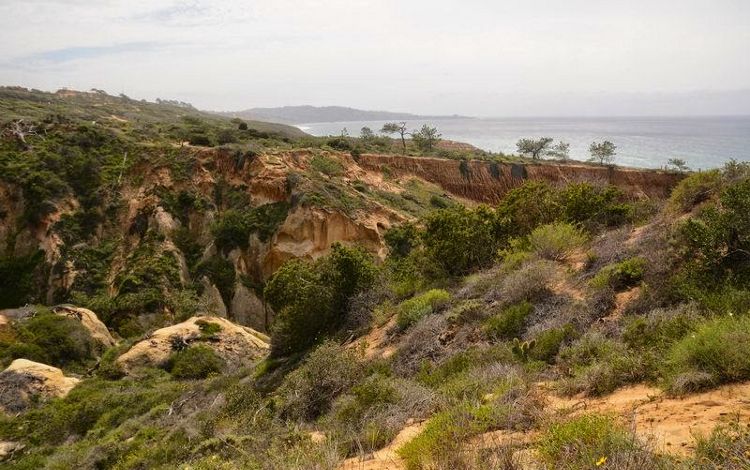

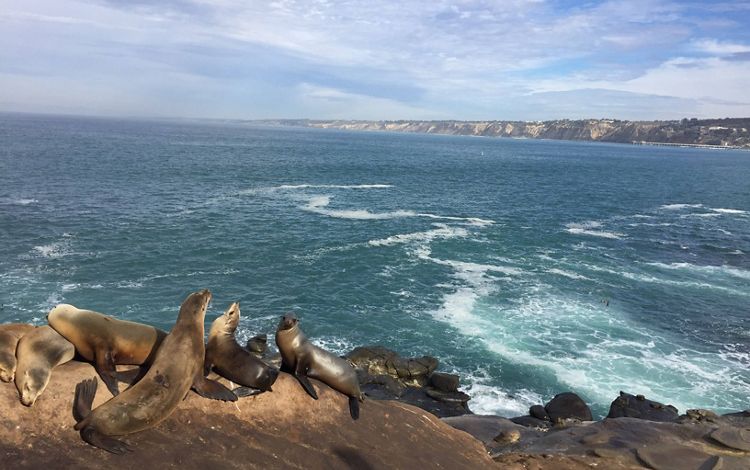
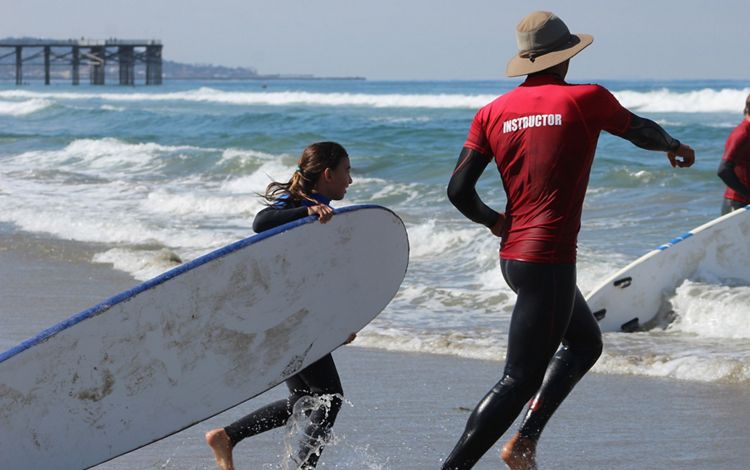
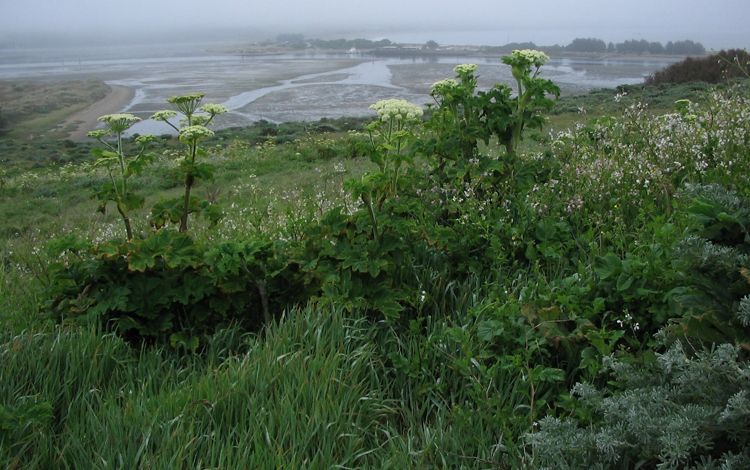

Current coastal policy is static, but rising ocean levels require a dynamic response now that change is happening much more quickly. Our children and grandchildren can have access to California beaches and healthy coastal habitats that we enjoy today, but we need to take action now.
List of Signatories
California’s 3 National Estuarine Research Reserves
Los Angeles County Supervisor Sheila Kuehl
City of Imperial Beach Mayor Serge Dedina
The San Diego Regional Climate Collaborative
City of Oxnard Mayor Pro Tem Carmen Ramirez
California State Coastal Conservancy Board
San Mateo County Board of Supervisors
State Lands Commission
The Central Coast Climate Collaborative
California Coastal Commission
California Ocean Protection Council
Ventura County Board of Supervisors
Santa Barbara Board of Supervisors
City of Oxnard
City of Goleta
Los Angeles County Board of Supervisors
San Francisco Bay Conservation and Development Commission (BCDC)
Explore the science behind coastal conservation
For more information, contact: Sarah Newkirk, Senior Coastal Project Director for The Nature Conservancy at snewkirk@tnc.org.
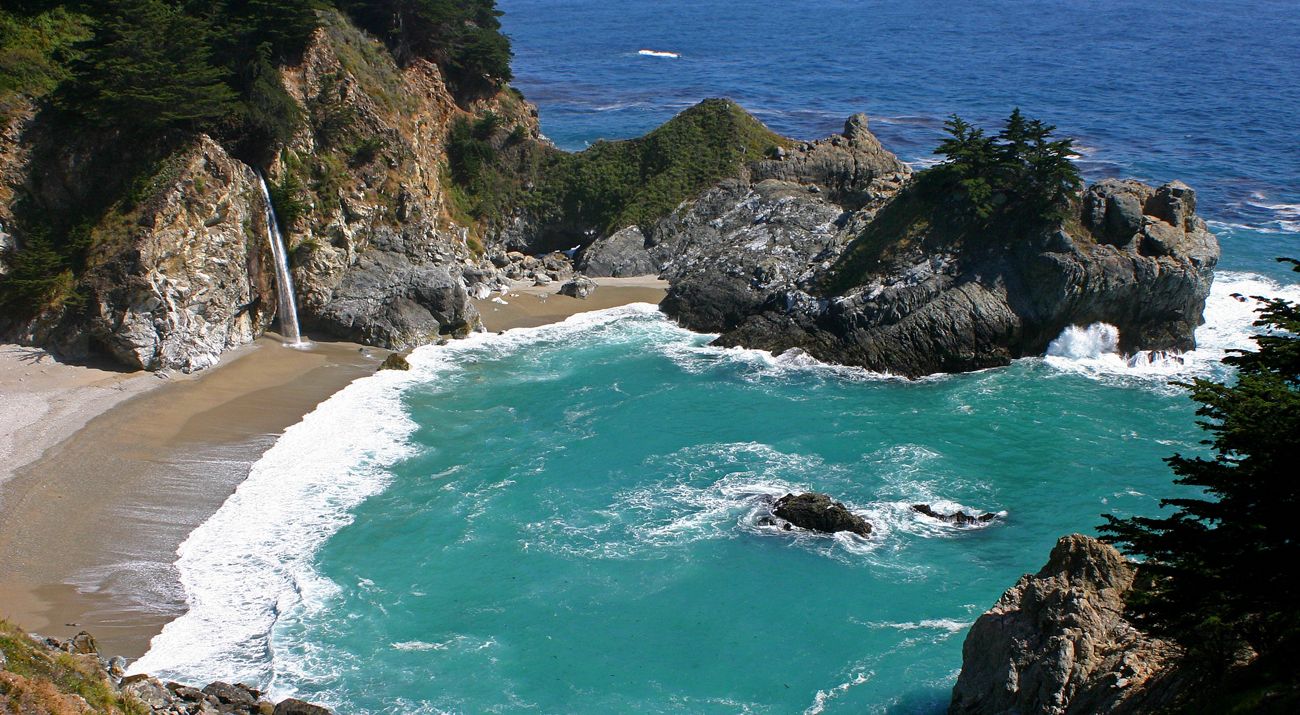

%20Kiliii%20Yuyan_Above%20Coastal%20Section__Coastal%20Dunes%20at%20Moss%20Landing_.jpg)
